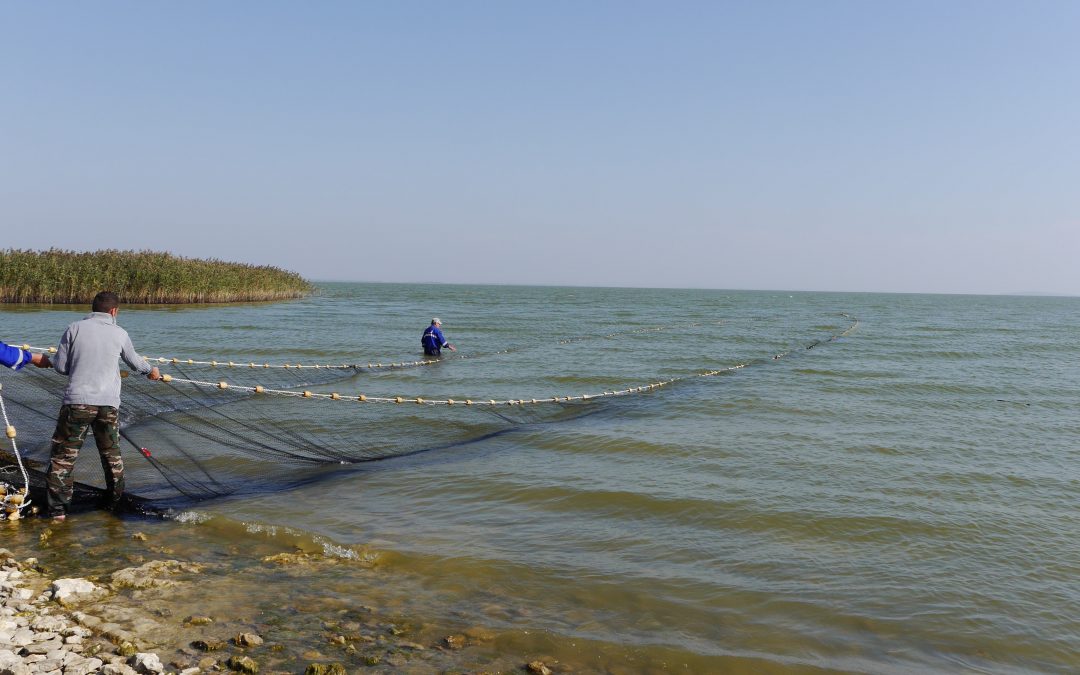by CERES | Jul 19, 2018 | CERES publications, marine aquaculture
The main goal of this study was to assess, for the first time, the effects of warming (+ 5 °C) and accumulation of a polybrominated diphenyl ethercongener (BDE-209, brominated flame retardant) through dietary exposure on energy budget of the juvenile white seabream...
by CERES | Jul 2, 2018 | CERES publications, marine aquaculture
The Baltic Sea is a shallow, semi-enclosed brackish sea suffering like many other coastal seas from eutrophication caused by human impact. Hence, nutrient load abatement strategies are intensively discussed. With the help of a high-resolution, coupled...
by CERES | Jun 30, 2018 | CERES publications, marine aquaculture, marine fisheries
Climate change is expected to have direct and indirect impacts on aquaculture sector. Awareness building and understanding the perceptions of aquaculture stakeholders regarding the impact of climate change on aquaculture are important pillars of developing adaptation...

by CERES | May 30, 2018 | CERES News, inland waters
Photo: fishing in the Razim lake, by Ion Navodaru, INCDDD, CERES consortium Irina CERNIȘENCU and her colleagues from Danube Delta National Institute for Research (Institutul National de Cercetare-Dezvoltare Delta Dunarii , INCDDD), CERES Project partner have presented...
by CERES | Apr 2, 2018 | CERES publications, marine aquaculture, marine fisheries
Here two experiments, each with 36 panels, tested colonization (factors: depth, season of immersion) and succession (factors: depth, submersion duration) over one year. The results illustrate the potential importance of fouling hydroids and their medusae to the health...
by CERES | Feb 19, 2018 | CERES publications, marine aquaculture, marine fisheries
Marine research survey data on fish stocks often show a small proportion of very high-density values, as for many environmental data. This makes the estimation of second-order statistics, such as the variance and the variogram, non-robust. The high fish density values...


Comments